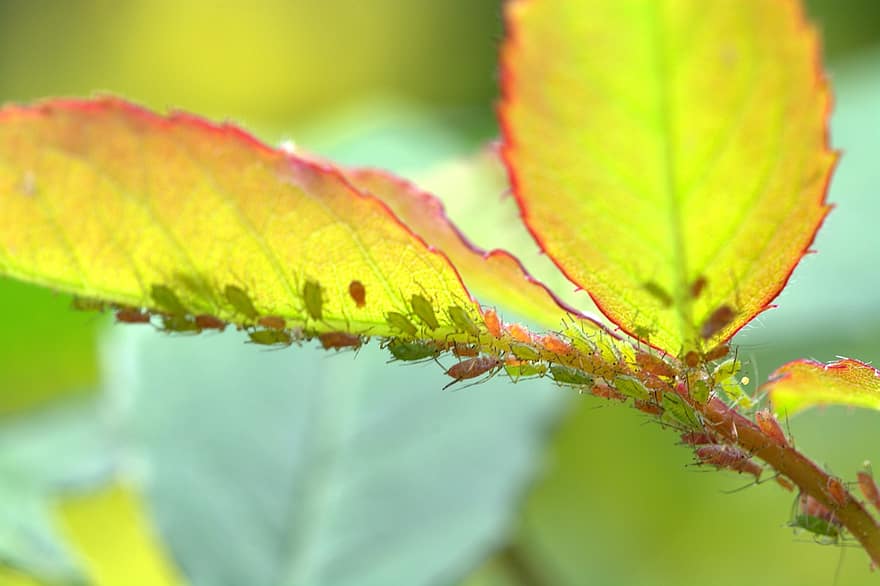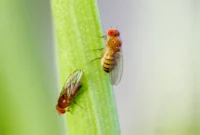How to get rid of Spider mites during flowering is not a very easy task. For this reason, it is important to get professional help from an expert pest controller.
This is because although you have a problem with these bugs, sometimes they can be more than tricky to eliminate.
This is because they are like a vicious cycle that if left unattended, can ruin your plants in no time.
In this case, [highlight color=”yellow”]it is best to get rid of them during their early stage so as to prevent further damage[/highlight].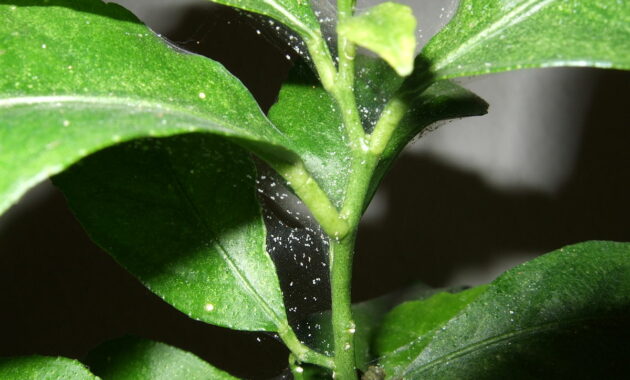
1. Inspection on Your Garden – Get Rid of Spider Mites
[highlight color=”yellow”]The first step in getting rid of these annoying bugs is to do a thorough inspection on your garden[/highlight].
As they are most of the time hidden underground and only emerge during their adulthood, finding them during their adulthood could be a difficult task.
During this stage, they feed on the sap of plants.
If you have detected these insects on your roses, be sure to dig them up with a shovel or fork.
Once discovered, [highlight color=”yellow”]check for their eggs or larva which could be inside the soil or in between the roots[/highlight].
If you find any of these, immediately put out the garden.
[divider style=”solid” top=”20″ bottom=”20″]
2. find out the actual cause of the infestation
In handling how to get rid of spider mites during flowering, it is necessary to [highlight color=”yellow”]find out the actual cause of the infestation[/highlight].
One of the causes of this problem is the improper handling of infested plants.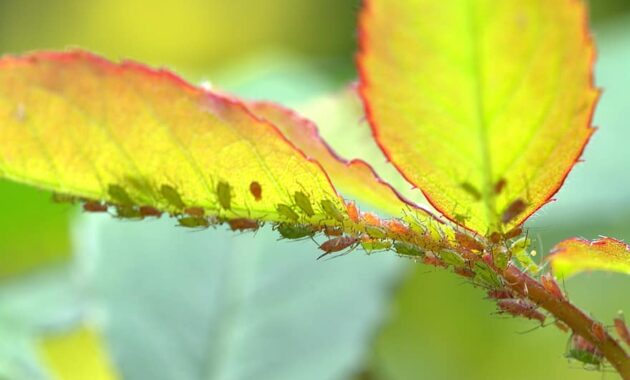
[highlight color=”yellow”]Improper handling of the plants may lead to growth of fungus, which in turn creates severe damages on the roots and can even kill the plants[/highlight].
The best way to handle this problem is to wear latex gloves and masks while handling these infestations.
read more:
- How to Get Rid of Snakes Under Concrete Slab – Inspira Tips
- How to Get Rid of Hoverflies – Home & Garden
- How To Get Rid Of Grass In Vegetable Garden – Home & Garden
[divider style=”solid” top=”20″ bottom=”20″]
3. presence of predators – Get Rid of Spider Mites
Another important point to consider when handling how to get rid of spider mites during flowering is the [highlight color=”yellow”]presence of predators[/highlight].
When the plants are not in their normal condition, they are more prone to insects and other predators.
For instance, aphids, caterpillars, leafhoppers and spiders are some of the common predators that destroy the plants when they are not in their normal condition.
The best way to manage them is to [highlight color=”yellow”]use essential oils against these predators as they are the most effective way of exterminating them[/highlight].
When using essential oils against these predators, you should dilute them first using a spray bottle before applying them on the plants.
read more:
- How to Get Rid of Garden Snakes Without Risking Anything
- Wooden Rectangular Planters – Beautiful Vegetables & Flowers Pot Planter
- Best Insecticide for Vegetable Garden – Natural & Easy DIY
[divider style=”solid” top=”20″ bottom=”20″]
4. consider the environment where the plants are growing
While dealing with how to get rid of spider mites during flowering, it is important to [highlight color=”yellow”]consider the environment where the plants are growing[/highlight].
One of the factors that affect the development of the plant is the ratio of oxygen and carbon dioxide in the soil. The ratio of these two substances is known as the soil oxygen demand and the soil carbon dioxide gas.
This imbalance is usually [highlight color=”yellow”]caused by a poor irrigation system, high levels of dissolved waste in the soil, overuse of fertilizers and by increasing the soil fertility through chemical fertilization[/highlight].
A high percentage of these factors are found in developing countries and even in Western countries like the United States.
A method that can effectively counter these imbalances is to [highlight color=”yellow”]use carbon dioxide gas from the air to fertilize the plants and to restore the soil carbon dioxide equilibrium[/highlight].
[divider style=”solid” top=”20″ bottom=”20″]
5. plant food, fertilizers, and pest control product
The plant food that you use is another factor that can affect the development of spider mites.
You should [highlight color=”yellow”]use fertilizers and pest control products[/highlight] that contain high concentrations of nitrogen.
This will ensure that the plant is provided with all the elements necessary for it to grow and develop optimally.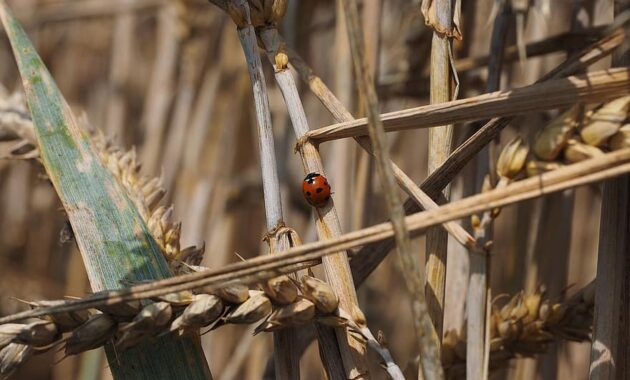
If the pests or the predators are also left out of the equation,
then the spider mites are unlikely to reproduce in that particular growing area.
[divider style=”solid” top=”20″ bottom=”20″]
6. consider using pesticides that do not contain any harmful chemicals
If the plants affected by spider mites during flowering are grown in an area that is close to residential homes, then the homeowner can consider [highlight color=”yellow”]using pesticides that do not contain any harmful chemicals[/highlight].
[highlight color=”yellow”]It is highly recommended to consult a professional before using such pesticides[/highlight].
However, if you are growing plants other than cannabis, there is no need to worry about getting the infestation on your crops.

In most cases, if the insects are killed by the pesticide,
they do not reproduce and will stop reproducing as soon as the [highlight color=”yellow”]residue of the pesticide is cleared out from the soil[/highlight].
[divider style=”solid” top=”20″ bottom=”20″]
7. eliminate the pests inside the house – Get Rid of Spider Mites
Another way of reducing spider mites during flowering stage is to [highlight color=”yellow”]eliminate the pests inside the house[/highlight].
This is because they often stay in dark areas and will lay their eggs under plants or on the bark of trees.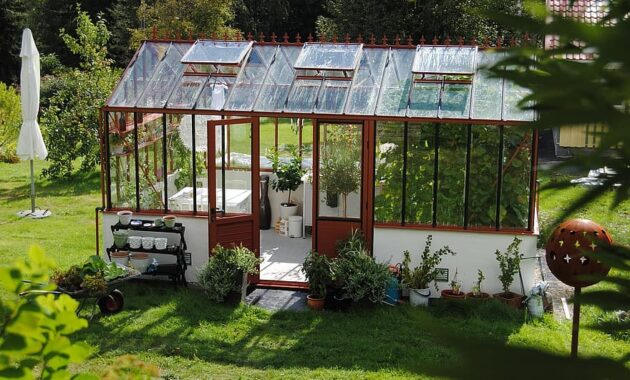
[highlight color=”yellow”]Pest management companies[/highlight] are able to provide their customers with effective solutions to get rid of the pests.
Some of these companies also offer organic solutions that are equally effective in eliminating these pests from other kinds of plants.
